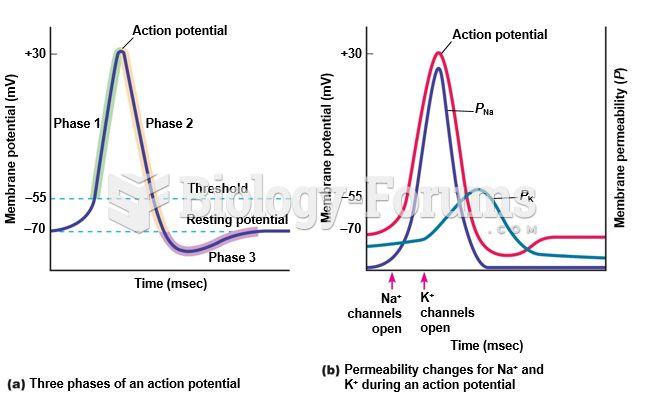Answer to Question 1
e
Answer to Question 2
A QUESTION OF ETHICS
1. The jury found that Garza had failed to mitigate his damages. The court disregarded this finding and entered a judgment in Garza's favor that included an amount for lost earnings. TAHC appealed to a state intermediate appellate court. The state intermediate appellate court held that Garza was not entitled to an award for lost earnings and reversed this portion of the lower court's judgment. The appellate court explained that the correct measure of damages for past lost wages is the amount of money the employee would have earned had he not been terminated less any sum he did earn after termination. . . . The general rule as to mitigation of damages in breach of employment suits is that the discharged employee must use reasonable diligence to mitigate damages by seeking other employment. The court pointed out that the only job Garza held in the seven years between the date of his termination and the date of trial was an unpaid job on his parents' ranch. When asked how often he looked for work during that time, he responded that he did not know, but he had looked in several' places. The last time he looked for work was three or four months before the trial. That effort was merely an informal inquiry to his neighbors about working on their ranch. . . . We conclude that the jury could infer from the evidence presented that Garza had not used reasonable diligence to obtain another job.
2. Generally, it is fair to require employees to try to mitigate damages, even when the employee has been wronged. This doctrine has sometimes been called the rule of avoidable consequences. Phrased another way, a party is held not to be able to recover for damages that he or she could have reasonably avoided. In all cases, the question is one of reasonableness. In mitigating damages in a case of wrongful termination, an employee is required to accept only comparable employment. Courts thus consider such factors as earnings, job description, location, rank, and employment status in determining whether an employee has met his or her duty to mitigate. Because the purpose of contract damages is to compensate for an injury, and not more, it would be a windfall to a plaintiff if he or she were allowed to collect damages for something that, at least in part, the plaintiff could have avoided.
3. The ethics underlying the mitigation doctrine include the work ethic and the concept of good faith. A party should not, in good faith, be permitted to recover for damages that he or she could not avoided. This is a fundamental general rule of the law of remedies. If the rule were otherwise, there would be an unfair distribution of property in favor of those fortunate to be injured through the fault of another and smart to do nothing afterwards. This outcome violates the work ethic.







